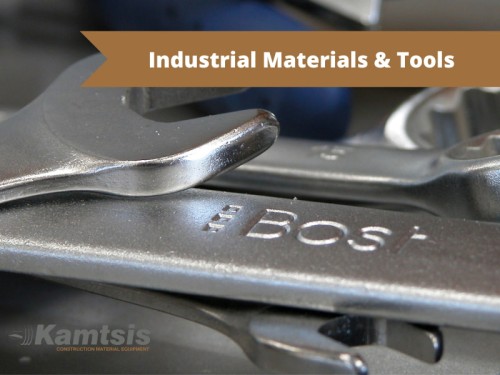
Inch and Metric Thread Chart: Understanding Thread Sizes
Metric thread sizes are specified differently than inch thread sizes. Inch sizes are determined using the nominal major diameter and the number of threads per inch.
For example, a 3/8-16 (coarse) thread has a nominal major diameter of 3/8" and 16 threads per inch.
Understanding the explanations of inch and metric spirals
Metric thread explanations are fundamentally different because the thread pitch is specified instead of threads per inch or per mm. The spiral pitch is the distance between each spiral in mm. For example, an M10x1.5 (coarse) thread has a pitch of 1.5 mm, while an M10x1.25 (fine) thread has a pitch of 1.25 mm.
To simplify metric thread callouts, the International Standard (ISO) for metric threads eliminates the callout on coarse threads.
For example, "M10" thread automatically means coarse pitch, while each additional feed pitch, such as M10x1.25, specifies a non-coarse pitch. The ISO standard for measuring coil sizes eliminates the need to memorize forward messages. This makes it more affordable for average citizens.
Using this method, what does the designation M16x2 indicate? According to ISO standards, the pitch legend is removed because the thread type is coarse, so M16x2 is designated as "M16".
ANSI equivalent for ISO thread sizes
Almost all body standards around the world adhere to ISO designation contracts, including the German DIN and Japanese JIS standards. However, the ANSI standard does not and calls for a pitch callout on coarse threads.
Since Carr Lane Mfg. operates around the world, we follow the international standard (ISO) for metric thread promotions. The statement of the height of a metric coarse spiral that was wrong and completely confused by another in the world. The following table shows the equivalent ANSI message for each ISO coil size.
What is the difference between metric and inch threads?
Metric coils are defined as the distance between each coil in millimeters (mm). While inch coils are the measure of the distance between each coil in inches.
Inch and Metric Coil Conversion Chart
The table below compares the ISO thread designation with the ANSI equivalent.
| ISO THREAD DESIGNATION | ANSI EQUIVALENT |
|---|---|
| M1.6 | M1.6x0.35 |
| M2 | M2x0.4 |
| M2.5 | M2.5x0.45 |
| M3 | M3x0.5 |
| M3.5 | M3.5x0.6 |
| M4 | M4x0.7 |
| M5 | M5x0.8 |
| M6 | M6x1 |
| M8 M8x1 | M8x1.25 M8x1 |
| M10 M10x1.25 | M10x1.5 M10x1.25 |
| M12 M12x1.25 | M12x1.75 M12x1.25 |
| M14 M14x1.5 | M14x2 M14x1.5 |
| M16 M16x1.5 | M16x2 M16x1.5 |
| M18 M18x1.5 | M18x2.5 M18x1.5 |
| M20 M20x1.5 | M20x2.5 M20x1.5 |
| M22 M22x1.5 | M22x2.5 M22x1.5 |
| M24 M24x2 | M24x3 M24x2 |
| M27 M27x2 | M27x3 M27x2 |
| M30 M30x2 | M30x3.5 M30x2 |
| M33 M33x2 | M33x3.5 M33x2 |
| M36 M36x3 | M36x4 M36x3 |
| M42 | M42x4.5 |
| M48 | M48x5 |
| M56 | M56x5.5 |
| M64 | M64x6 |
| M72 | M72x6 |
| M80 | M80x6 |
| M90 | M90x6 |
| M100 | M100x6 |













Leave a Comment